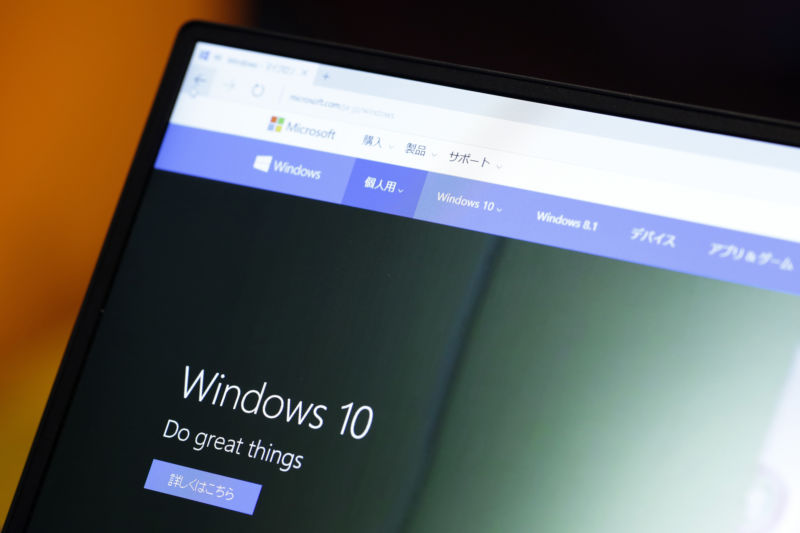Microsoft’s problem isn’t how often it updates Windows—it’s how it develops it

Enlarge / Windows 10 during a product launch event in Tokyo in July 2015. (credit: Kiyoshi Ota/Bloomberg via Getty Images)
It's fair to say that the Windows 10 October 2018 Update has not been Microsoft's most successful update. Reports of data loss quickly emerged, forcing Microsoft to suspend distribution of the update. It has since been fixed and is currently undergoing renewed testing pending a re-release.
This isn't the first Windows feature update that's had problems-we've seen things like significant hardware incompatibilities in previous updates-but it's certainly the worst. While most of us know the theory of having backups, the reality is that lots of data, especially on home PCs, has no real backup, and deleting that data is thus disastrous.
Windows as a serviceMicrosoft's ambition with Windows 10 was to radically shake up how it develops Windows 10. The company wanted to better respond to customer and market needs, and to put improved new features into customers' hands sooner. Core to this was the notion that Windows 10 is the "last" version of Windows-all new development work will be an update to Windows 10, delivered through feature updates several times a year. This new development model was branded "Windows as a Service." And after some initial fumbling, Microsoft settled on a cadence of two feature updates a year; one in April, one in October.
Read 49 remaining paragraphs | Comments